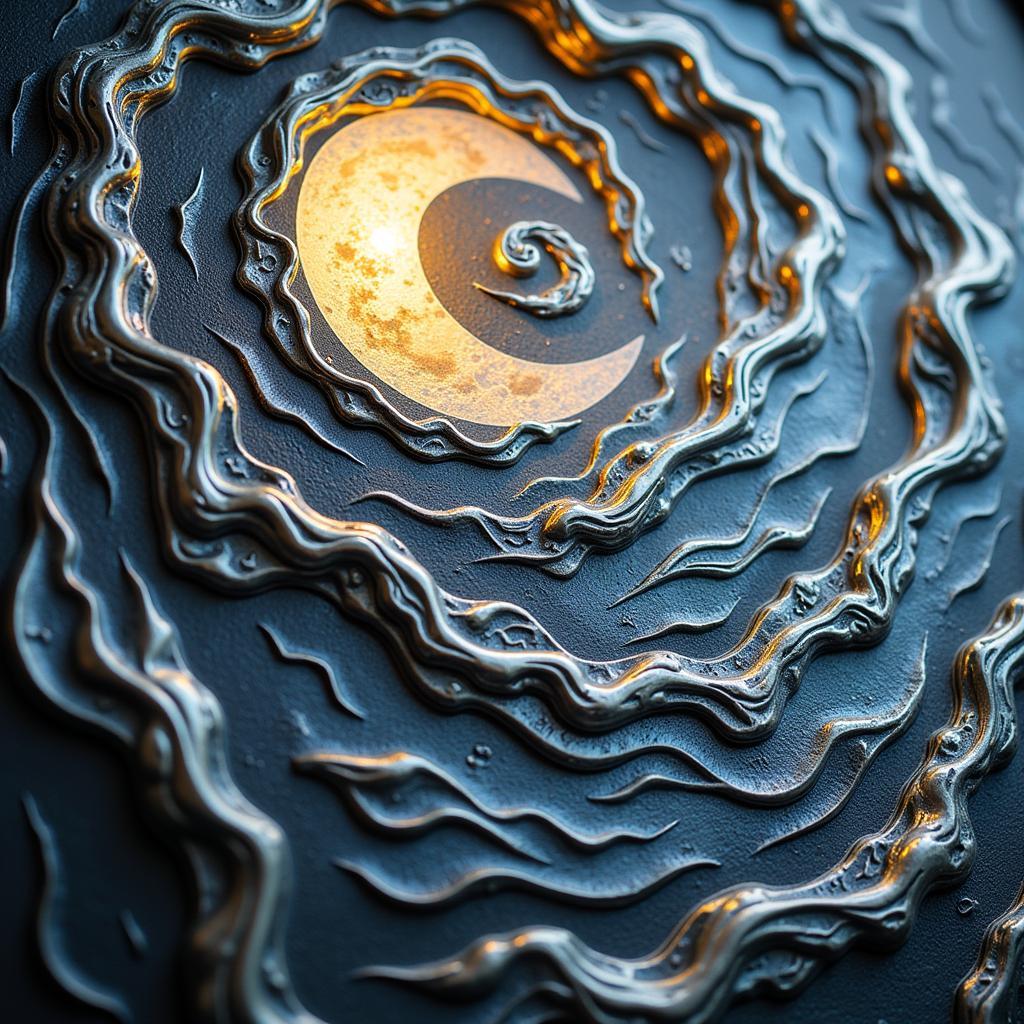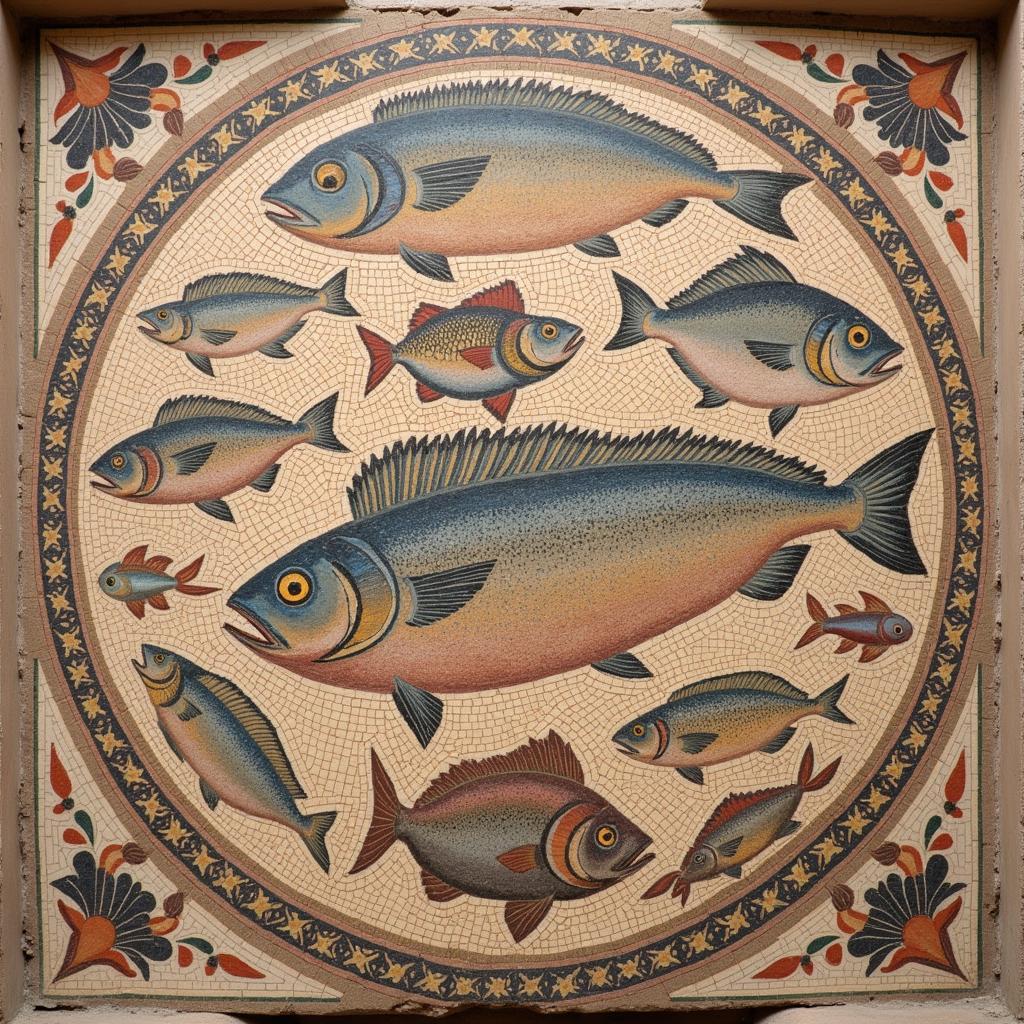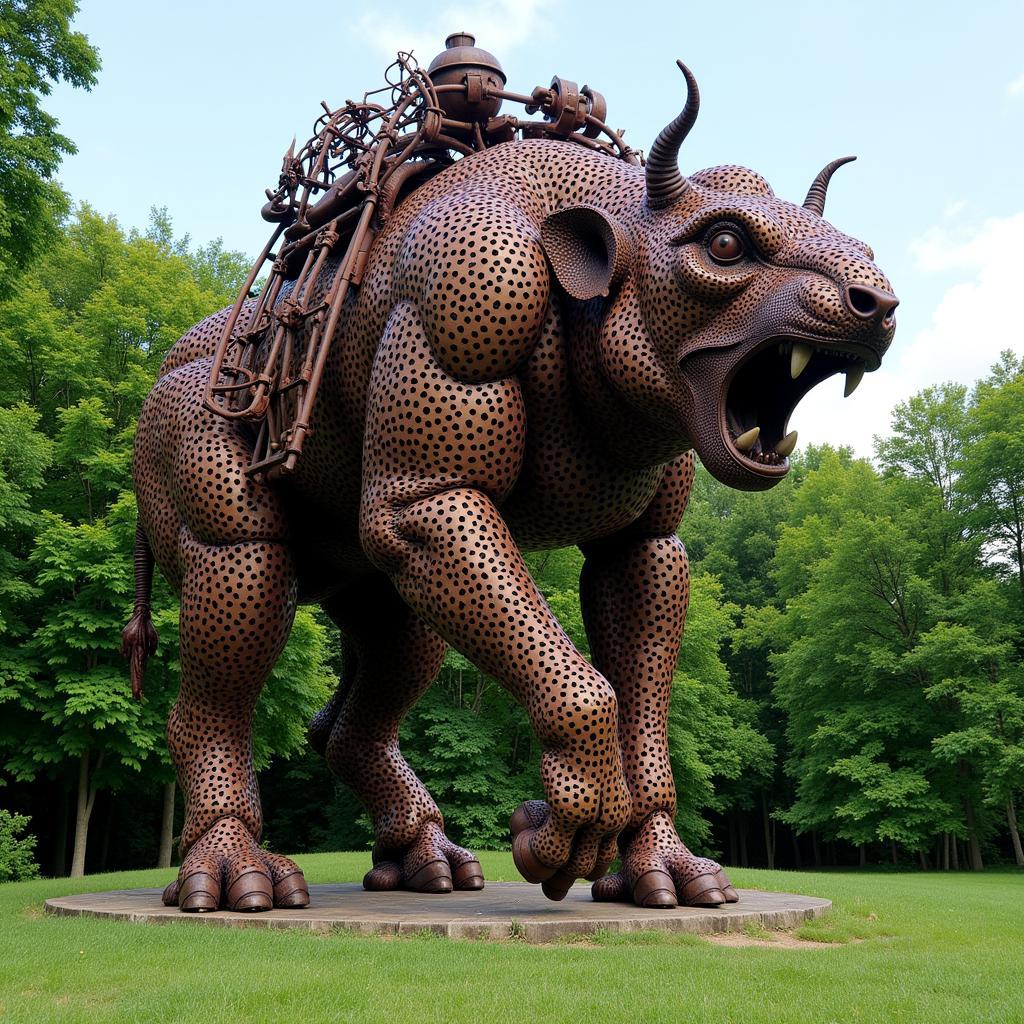Famous Day of the Dead Art: A Celebration of Life and Heritage
Famous Day Of The Dead Art, a vibrant and symbolic tradition, offers a unique perspective on death. Originating in Mexico, this art form transcends mere morbidity, instead embracing the cycle of life and death with a celebratory spirit. More than just skeletons and skulls, Day of the Dead art bursts with color, intricate details, and powerful symbolism, serving as a bridge between the living and the departed.
Delving into the Symbolism of Day of the Dead Art
Each element within Day of the Dead art carries profound meaning. Skulls, often depicted with playful grins and adorned with flowers, represent departed loved ones, signifying not an end, but a continuation of their spirit. The use of vibrant colors, particularly marigolds, symbolizes the fragility of life and serves as a beacon to guide spirits back to the world of the living.
Iconic Imagery: From Sugar Skulls to Ofrendas
Beyond the individual symbols, Day of the Dead art boasts iconic imagery that has captured global attention. Sugar skulls, intricately decorated with icing and vibrant colors, are personalized offerings placed on altars. Ofrendas, or altars, themselves are elaborate creations adorned with flowers, food, photos, and personal belongings of the deceased, transforming homes into spaces of remembrance and celebration.
The Enduring Influence of Famous Day of the Dead Artists
The influence of Day of the Dead art extends far beyond its cultural origins, inspiring artists worldwide. Mexican artist José Guadalupe Posada, known for his satirical prints, created the iconic “La Calavera Catrina,” a female skeleton in a European hat, which has become synonymous with the holiday. Frida Kahlo, another renowned Mexican artist, incorporated themes of life and death into her work, drawing inspiration from her own experiences and indigenous Mexican culture.
Experiencing the Magic of Day of the Dead Art
Today, Day of the Dead art continues to evolve, blending traditional techniques with contemporary interpretations. From street art murals to fine art galleries, the spirit of the holiday is kept alive through the creative expression of artists worldwide.
Whether you’re drawn to the vibrant colors, the intricate details, or the powerful symbolism, famous Day of the Dead art offers a unique lens through which to contemplate life, death, and remembrance.
FAQs about Famous Day of the Dead Art
1. What is the significance of the marigold flower in Day of the Dead art?
The marigold, with its vibrant color and strong scent, is believed to guide spirits back to the world of the living during Day of the Dead celebrations.
2. How has Day of the Dead art influenced contemporary art?
Day of the Dead art’s themes of life, death, and remembrance continue to inspire contemporary artists, who reinterpret traditional imagery and explore new forms of expression.
3. What are some common misconceptions about Day of the Dead art?
Contrary to popular belief, Day of the Dead is not a morbid or scary celebration. It is a joyous occasion to remember and celebrate the lives of those who have passed.
4. Where can I see famous examples of Day of the Dead art?
Many museums and galleries worldwide, particularly those specializing in Mexican art, feature collections of Day of the Dead art.
5. How can I incorporate elements of Day of the Dead art into my own creative practice?
Research the rich symbolism and traditional techniques, but don’t be afraid to experiment with your own interpretations and artistic voice.
Need Assistance? Contact Us
For any inquiries or support, reach out to us at:
Phone: 02462573573
Email: danteum@gmail.com
Address: Savico Megamall, 7-9 Đ. Nguyễn Văn Linh, Gia Thụy, Long Biên, Hà Nội 10000, Việt Nam
Our dedicated customer support team is available 24/7 to assist you.



